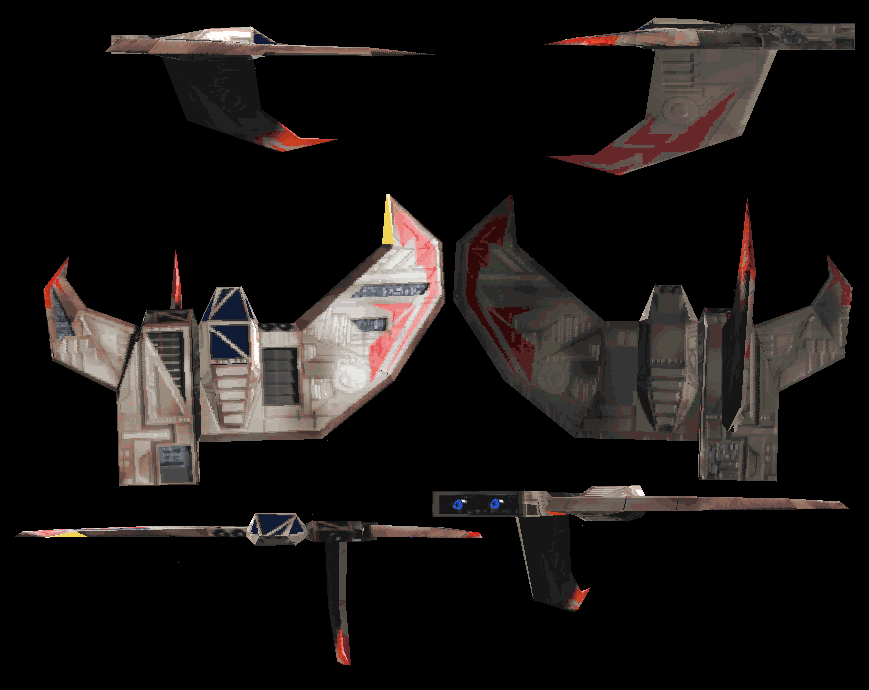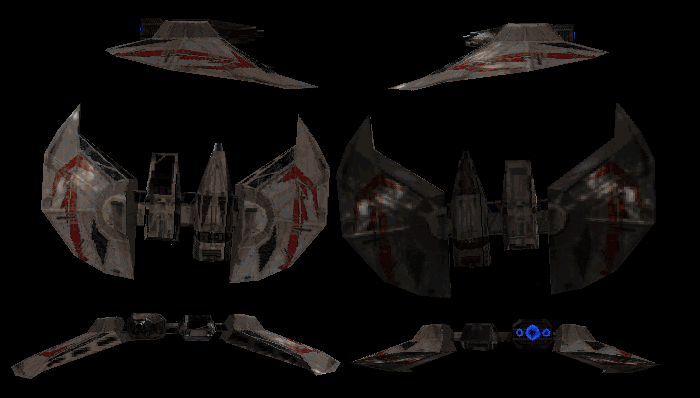

It is used to heave to or to assist with tacking. In a fore-and-aft-rigged vessel, a headsail is backed either by hauling it across with the weather sheet or by tacking without releasing the sheet. This is a dangerous situation that risks serious damage. A sudden shift in the wind can also cause a square-rigged vessel to be unintentionally "caught aback" with all sails aback. On a square-rigged ship, any of the square sails can be braced round to be aback, the purpose of which may be to reduce speed (such as when a ship-of-the-line is keeping station with others), to heave to, or to assist moving the ship's head through the eye of the wind when tacking. aback (of a sail) Filled by the wind on the opposite side to the one normally used to move the vessel forward.

terms starting with the letters A to L are at Glossary of nautical terms (A-L).This glossary is split into two articles: Terms used in other fields associated with bodies of water can be found at Glossary of fishery terms, Glossary of underwater diving terminology, Glossary of rowing terms, and Glossary of meteorology.
#WING COMMANDER PRIVATEER ARMOR STACK CODE#
The word nautical derives from the Latin nauticus, from Greek nautikos, from nautēs: "sailor", from naus: "ship".įurther information on nautical terminology may also be found at Nautical metaphors in English, and additional military terms are listed in the Multiservice tactical brevity code article. Some remain current, while many date from the 17th to 19th centuries.

This glossary of nautical terms is an alphabetical listing of terms and expressions connected with ships, shipping, seamanship and navigation on water (mostly though not necessarily on the sea). Terms and expressions connected with ships, shipping, seamanship and navigation


 0 kommentar(er)
0 kommentar(er)
